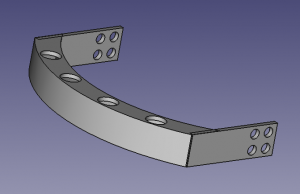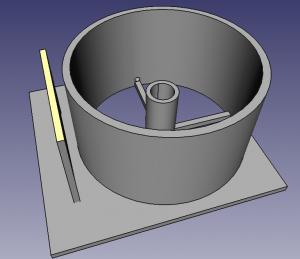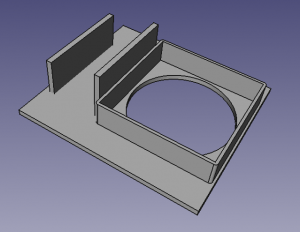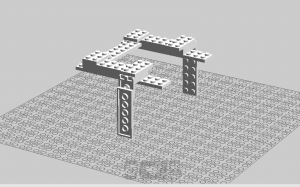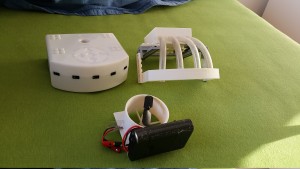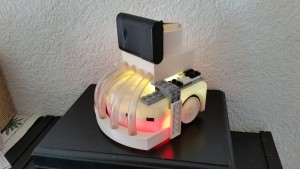Après trois semaines d’utilisation de mon J9+ Combo, voici une courte évaluation
–
- Général:
– Cartographie initiale plutôt bonne et il navigue plutôt bien
– ‘Semble’ effectivement s’améliorer sur la durée.
– Le nettoyage est OK, bien que le lavage des sols est bien moins efficace que celle de mon vieux Braava Jet série 200, certe plus spécialisé pour cette tâche - Problèmes – BUGS :
– Pour l’instant toute tentative de nettoyage d’une zone Individualisée (3 différentes) s’est soldée par un échec, coincé, code erreur 15, rédémarrage nécessaire et , puis lancement manuel par le bouton nécessaire pour le relancer, ce qui lance une découverte, et généralement un nettoyage complet de l’appartement, très frustrant car la fonctionnalité est plus qu’utile, si elle fonctionne
– A une reprise il est resté coincé dans l’enregistrement de la carte intelligente, le seul moyen de le décoincer a été d’enlever la batterie et la remettre puis le reconnecter au WiFi, le redémarrage n’ayant rien changé, ni même la réinitialisation d’usine, ne reste que l’envoi en réparation… (ceci dit ça ressemble vraiment à un bug logiciel), après recherche sous Reddit et le groupe Facebook, d’autres personnes ont le même souci, - A améliorer cruellement :
– La liste des pièces et zones à nettoyer ne peut pas être triée, notamment alphabétiquement.
– Pas de possibilité de sélectionner une pièce à nettoyer sur la carte.
– La carte ‘Ma Maison’ n’est pas zoomable ce qui empêche de voir certaines petites pièces qui sont cachées par le nom.
– Les résumés de nettoyage sont très minimalistes, pas de détails, pas moyen de savoir quel programme de nettoyage a été utilisé ou de revoir les obstacles rencontrés.
– Les cartes ne montrent pas clairement le chemin pris par le robot ce qui empêche de savoir s’il évolue vraiment dans le temps.
– Les messages en cas de blocage ne sont pas parlants, les codes d’erreur, par exemple, 15 ne sont pas affichés dans l’historique.
– Les zones individualisées ne peuvent être que rectangulaires.
– La carte de l’appartement ne peut pas être éditées et le réglage des délimitations est compliqué et très limité, difficile de faire des rotation des délimitations
– Changement de langue intempestif, pas abouti cette App…
– Se perd en cours de route, revient à la base, puis repart pour nettoyer
– Se bloque à cause d’un obstacle dans une pièce, alors qu’il ne devait pas s’y rendre… IA = Idiotie Artificielle ?
– Malgré plusieurs nettoyages de la même pièce, il en rate toujours un bout (?)

